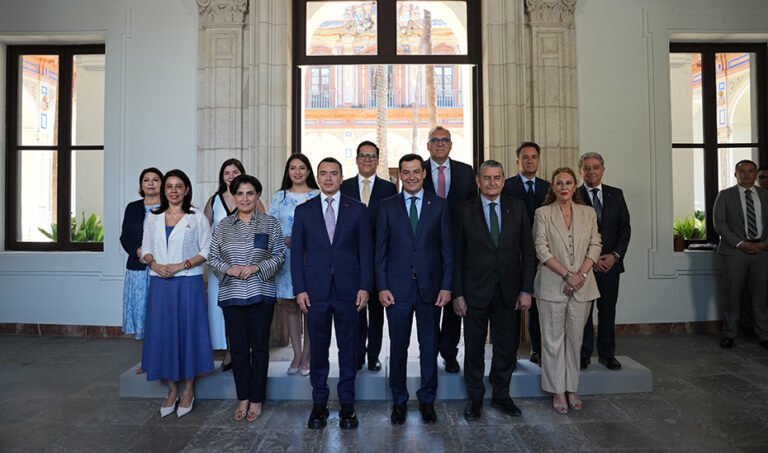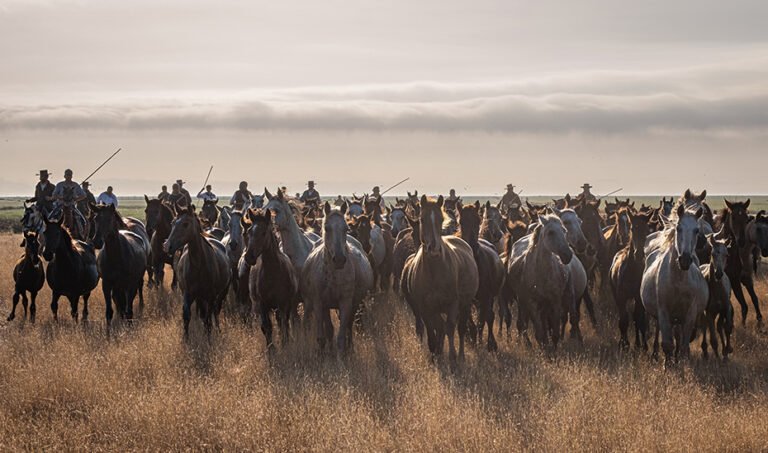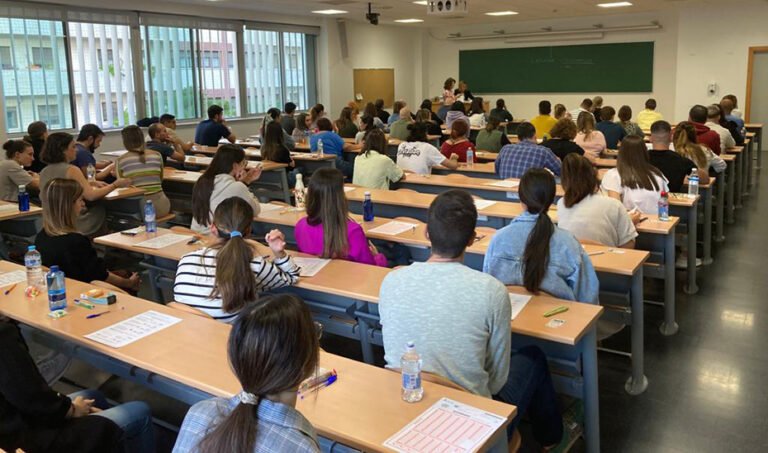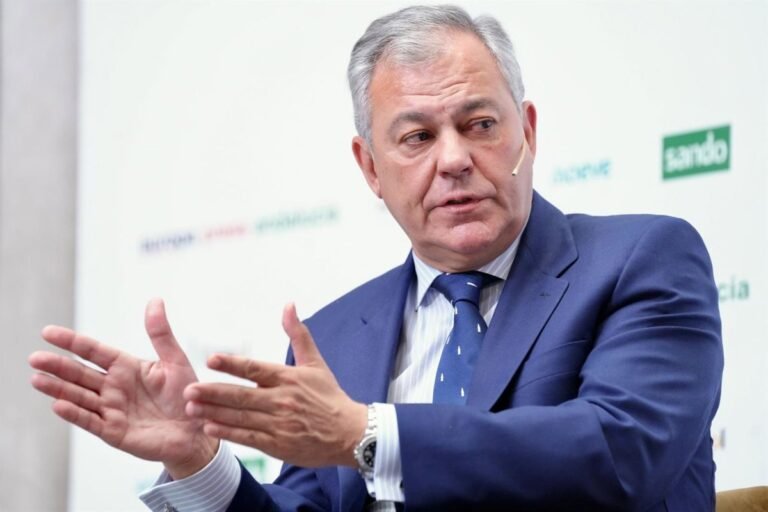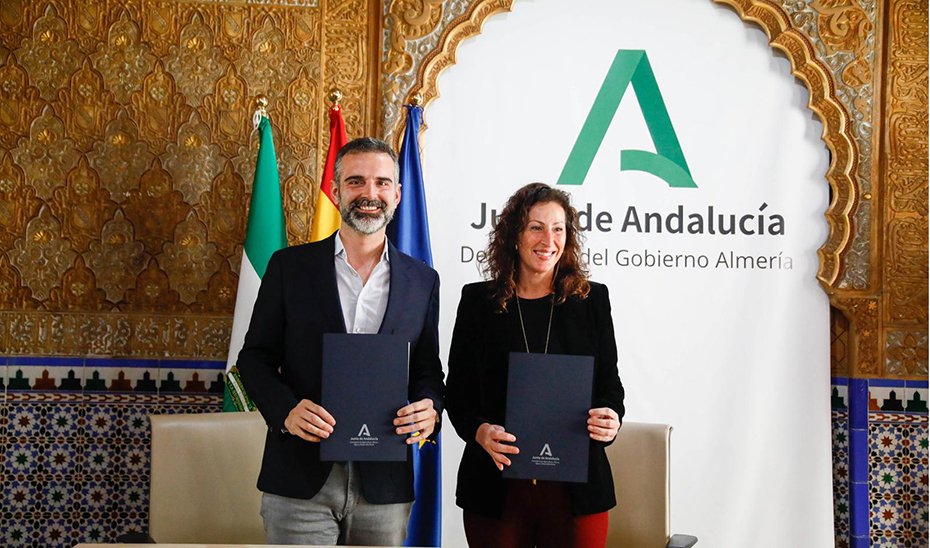
The Minister of Agriculture, Fisheries, Water, and Rural Development, Ramón Fernández-Pacheco, and the Mayor of Almería, María del Mar Vázquez, have signed a general protocol that establishes the foundations for collaboration in the construction, financing, and operation of water infrastructure of community interest, consisting of tertiary treatments at the El Bobar and El Toyo Wastewater Treatment Plants (EDARs) for the use of reclaimed water.
Fernández-Pacheco explained that the goal of this protocol is to «speed up to the maximum» the construction and operation of these infrastructures, as these treatments are «essential» for agricultural irrigation in the Vega de Almería, providing up to 16 cubic hectometers of reclaimed water. The El Bobar WWTP could yield up to 13 cubic hectometers, and in the case of El Toyo, three cubic hectometers, resources that will benefit 3,180 hectares of crops in La Vega and Bajo Andarax.
According to the Minister, under this general protocol, the Municipality of Almería will be responsible for drafting the projects, as well as tendering and executing the works, and will be the ultimate operator. It will also develop the Irrigation Management Plan for the reclaimed water, necessary for both infrastructures.
On the other hand, the Andalusian Government will supervise and approve the projects, finance the works, and approve concessions to users, which will be detailed in a forthcoming agreement once the final economic amount is known. Both the tertiary treatments and the conduits to deliver water to farmers will be financed through the PARRA Plan.
The Mayor of Almería, María Vázquez, expressed her «great satisfaction» with the signing of this protocol «because the combination of reclaimed water and tertiary treatments mitigates water scarcity, reduces pumping and energy costs, showcases the sustainability of Almería’s agriculture, and positions Almería as a leader in modern and climate-resilient agriculture.» She stated, «Investing in water reuse helps make Almería a global reference for sustainable and high-value agriculture.»
For the Mayor, improving the utilization of reclaimed water produced by the WWTPs is also a decisive step to address a historical demand from farmers, who need access to more quality water for crops to continue supplying healthy products to the rest of Spain and Europe. Similarly, the capital city will benefit as it can use this water for irrigation of green areas, for which she thanked the Andalusian Government and Governor Juanma Moreno for their commitment and closeness to Almería.
Tripled production of reclaimed water
Fernández-Pacheco highlighted the firm and determined commitment of the Andalusian Government to water regeneration, to the extent that its production has tripled in five years. In 2019, the volume of reclaimed water in Andalusia was 17 cubic hectometers annually, representing only 4.5% of the total volume. Thanks to the implementation of tertiary treatments in the Axarquía and the western part of Almería, the volume of reclaimed water has increased to 70 cubic hectometers, which is 17% of the total and three times the previous production.
«Our goal is to become the region that reuses the most water in 2027, with 180 cubic hectometers, and to achieve this, we are developing the Andalusian Strategy for Non-Conventional Water Resources,» stated Fernández-Pacheco, emphasizing the importance of projects like El Bobar and El Toyo.
He expressed gratitude to the Mayor of Almería for her willingness to collaborate to make these projects a reality as soon as possible, emphasizing the importance of both administrations working together to promote hydraulic projects that address the emergency situation in the region, with reservoirs at around 10% of their capacity.

